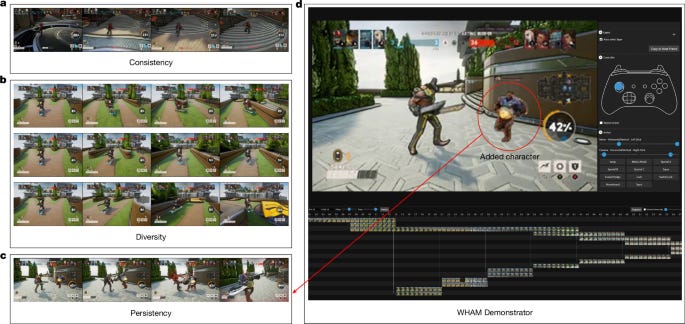Stupid AI Automation
Why knowing what not to automate with AI is a competitive edge
Popular culture is fixated on the idea of AI replacing human work. But that obsession creates a blind spot—and an opportunity.

A smart strategy for research and engineering is to look for tasks that could be automated by AI, but where doing so would be obviously foolish.
Let’s name a few examples.
AI can play games for you. It can solve your Sudoku or Wordle, or finish your Xbox campaign from start to end.
AI can watch Netflix or scroll TikTok for you.
AI can even "socialize" for you—your AI mini-me chatting with someone else’s.
You can automate away expressing yourself through creativity.
These are technically possible. They’re also clearly pointless.
But here’s the real challenge: identifying the cases where (a) automation is technically feasible but difficult, and (b) the stupidity of automating isn’t immediately obvious. That’s where a lot of time and effort can be wasted. It's the AI version of failing to fail fast.
Take Oasis.ai, for example. Their demos show off real-time AI-generated Minecraft gameplay.
Impressive? Sure. But the underlying pitch seems to be: "Look, we’ve automated away game developers!"—which, granted, is exactly the kind of pitch investors want to hear.
But this AI is designed to scream “We’ve automated away game developers!” in demos to media and investors. What if instead of that design goal, they designed with the goal of providing tools to game developers?
What if instead they asked: "How can we build tools that empower game developers?"
A promising example is a recent generative AI game model published in Nature. It wasn’t built to replace developers—it was built to help them. It comes with a usable interface, supports real workflows, and aims to create value, not just hype.
These days, knowing that just because you can automate something doesn’t mean you should—is a competitive advantage.


